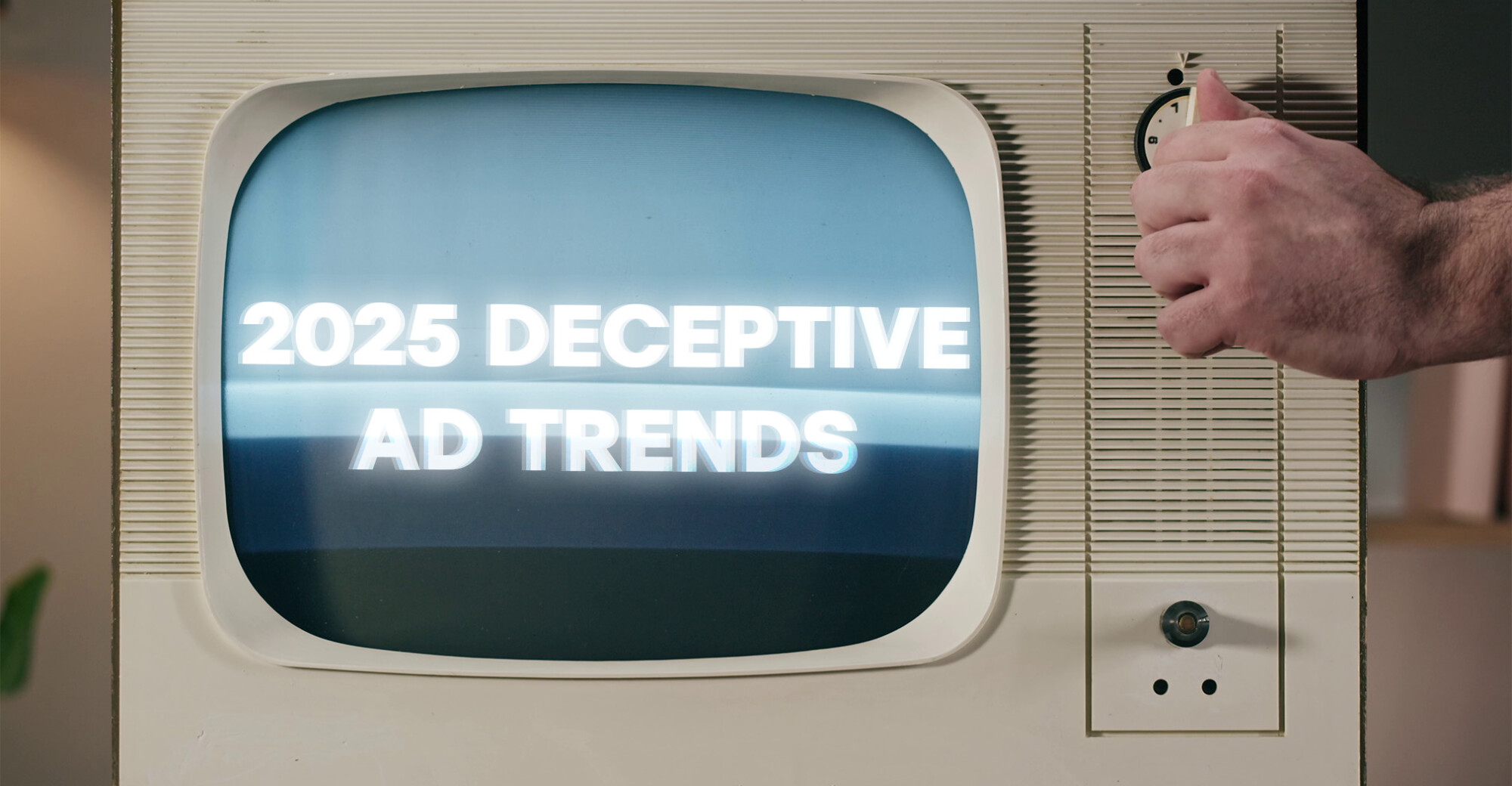
2025 Deceptive Ad Trends
A closer look at what we’ll be monitoring in the new year.
Comparing the amount companies agree to pay to settle deceptive marketing charges with their annual revenue.
Just as money can be a motivator in business, it can act as a deterrent against engaging in deceptive marketing. Indeed, monetary settlements are one way regulators like the FTC seek to discourage unlawful behavior.
But for many companies that have paid ostensibly substantial amounts of money to settle allegations of false or deceptive advertising, it’s a small price to pay compared to the amount of money coming in. For these companies, it’s just the cost of doing business. Here are 10 examples.
| Company/Allegations | Settlement Amount | Annual Revenue* | Percentage of Revenue |
|---|---|---|---|
| Adore Me/Deceptive negative-option offers | $2.8 million (FTC; New York; California) | $84 million | 3.3 percent |
| Agora/Unsubstantiated health and income claims | $2 million (FTC) | $500 million | 0.4 percent |
| Amazon/Deceptive pricing practices | $2 million (California) | $386 billion | 0.0005 percent |
| Chemence/Deceptive made in the USA claims | $1.2 million (FTC) | $56 million | 2.1 percent |
| Goop/Unsubstantiated health claims | $145,000 (California) | $105 million | 0.1 percent |
| LifeLock/False data protection claims | $100 million (FTC) | $588 million | 17 percent |
| LuLaRoe/Pyramid scheme | $4.75 million (Washington) | $2 billion | 0.2 percent |
| MyPillow/Unsubstantiated health claims | $1 million (California) | $100 million | 1 percent |
| University of Phoenix/Deceptive employment claims | $191 million (FTC) | $1.6 billion | 12 percent |
| Williams-Sonoma/Deceptive made in the USA claims | $1 million (FTC) | $6.8 billion | 0.014 percent |
*Private companies such as Goop and MyPillow are not required to disclose financial information to the public. In such cases, the revenue provided is an estimate of the company’s annual revenue based on media and market sources at or around the time the initial lawsuit at issue was filed.
Of note, the examples highlighted above compare the settlement amount to the revenue of a single year, even when the alleged period of deception generally extends over a stretch of several years, during which time revenue can multiply. Throw these larger figures into the equation and the percentages of revenue above plummet.
Take LifeLock and University of Phoenix, which together represent the two highest percentages of revenue in the chart. During the alleged periods of deception, LifeLock, a repeat FTC offender, generated more than $1.1 billion in revenue over a three-year span, according to an SEC filing by the company, while University of Phoenix brought in more than $13.5 billion in revenue during the seven years it was allegedly engaged in deceptive advertising, according to the FTC’s complaint. Plugging in the respective settlement amounts, that means LifeLock agreed to pay 9 percent of the revenue it generated over the alleged period of deception and University of Phoenix agreed to pay 1.4 percent of the revenue it amassed during the time it allegedly misled consumers.
Also of note, four of the settlements listed above followed TINA.org investigations and complaints to regulators, who then took action. Those four are Adore Me, Goop, MyPillow and Williams-Sonoma. In addition, TINA.org filed a complaint with the Washington state attorney general after finding LuLaRoe in violation of a consent decree it entered into with the regulator.
The bottom line
At a time when the FTC’s ability to get consumer refunds hangs in the balance, any amount of money obtained in a false or deceptive advertising settlement may seem like a win for both the FTC and consumers. But without a settlement amount that hits alleged deceptive marketers where it hurts — their bottom line — what motivation do companies have to follow the law?
Find more of our coverage on deceptive advertising settlements here.
A closer look at what we’ll be monitoring in the new year.
From “Belgian” chocolates made in the U.S. to knockoff engagement rings, be wary of these roadblocks to love.
CGI influencers are here.


